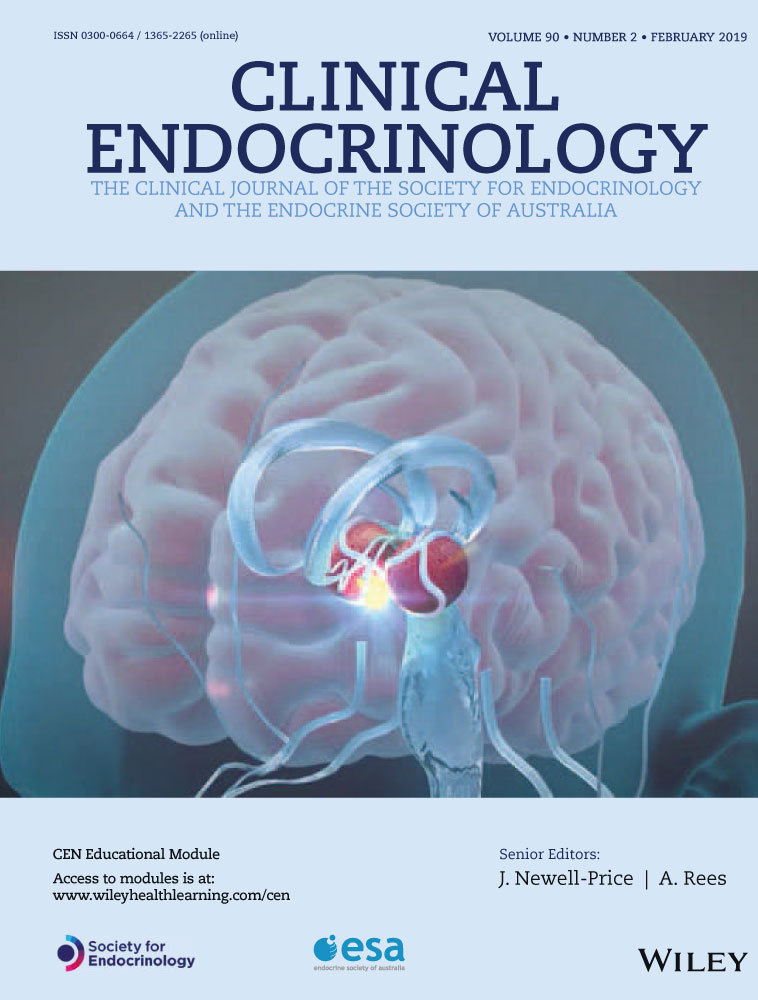A new ultrasound nomogram for differentiating benign and malignant thyroid nodules
Summary
Objective
The Thyroid Imaging Reporting and Data System (TI-RADS) is commonly used for risk stratification of thyroid nodules. However, this system has a poor sensitivity and specificity. The aim of this study was to build a new model based on TI-RADS for evaluating ultrasound image patterns that offer improved efficacy for differentiating benign and malignant thyroid nodules.
Design and Patients
The study population consisted of 1092 participants with thyroid nodules.
Measurements
The nodules were analysed by the TI-RADS and the new model. The prediction properties and decision curve analysis of the nomogram were compared between the two models.
Results
The proportions of thyroid cancer and benign disease were 36.17% and 63.83%. The new model showed good agreement between the prediction and observation of thyroid cancer. The nomogram indicated excellent prediction properties with an area under the curve (AUC) of 0.946, sensitivity of 0.884 and specificity of 0.917 for training data as well as a high sensitivity, specificity, negative predictive value and positive predictive value for the validation data also. The optimum cut-off for the nomogram was 0.469 for predicting cancer. The decision curve analysis results corroborated the good clinical applicability of the nomogram and the TI-RADS for predicting thyroid cancer with wide and practical ranges for threshold probabilities.
Conclusions
Based on the TI-RADS, we built a new model using a combination of ultrasound patterns including margin, shape, echogenic foci, echogenicity and nodule halo sign with age to differentiate benign and malignant thyroid nodules, which had high sensitivity and specificity.
CONFLICT OF INTEREST
The authors declare that they have no conflict of interest.




